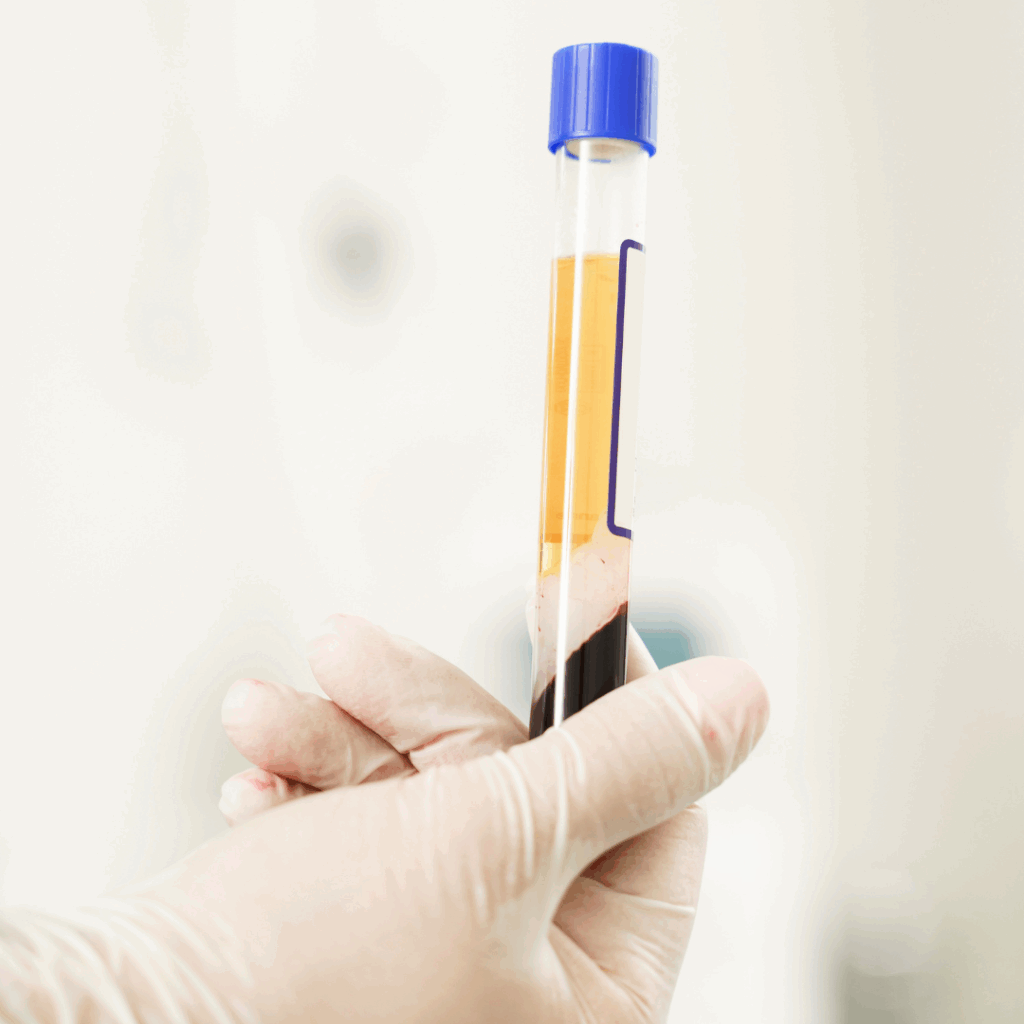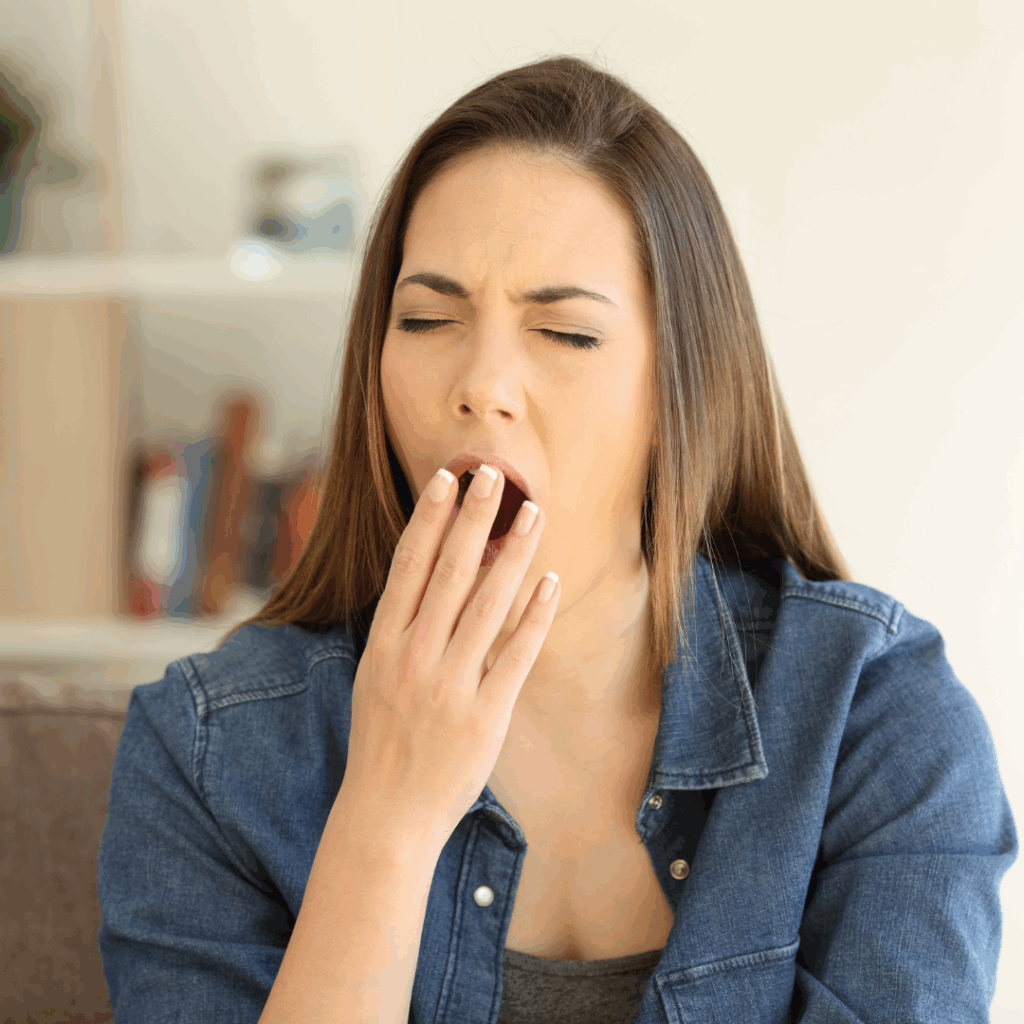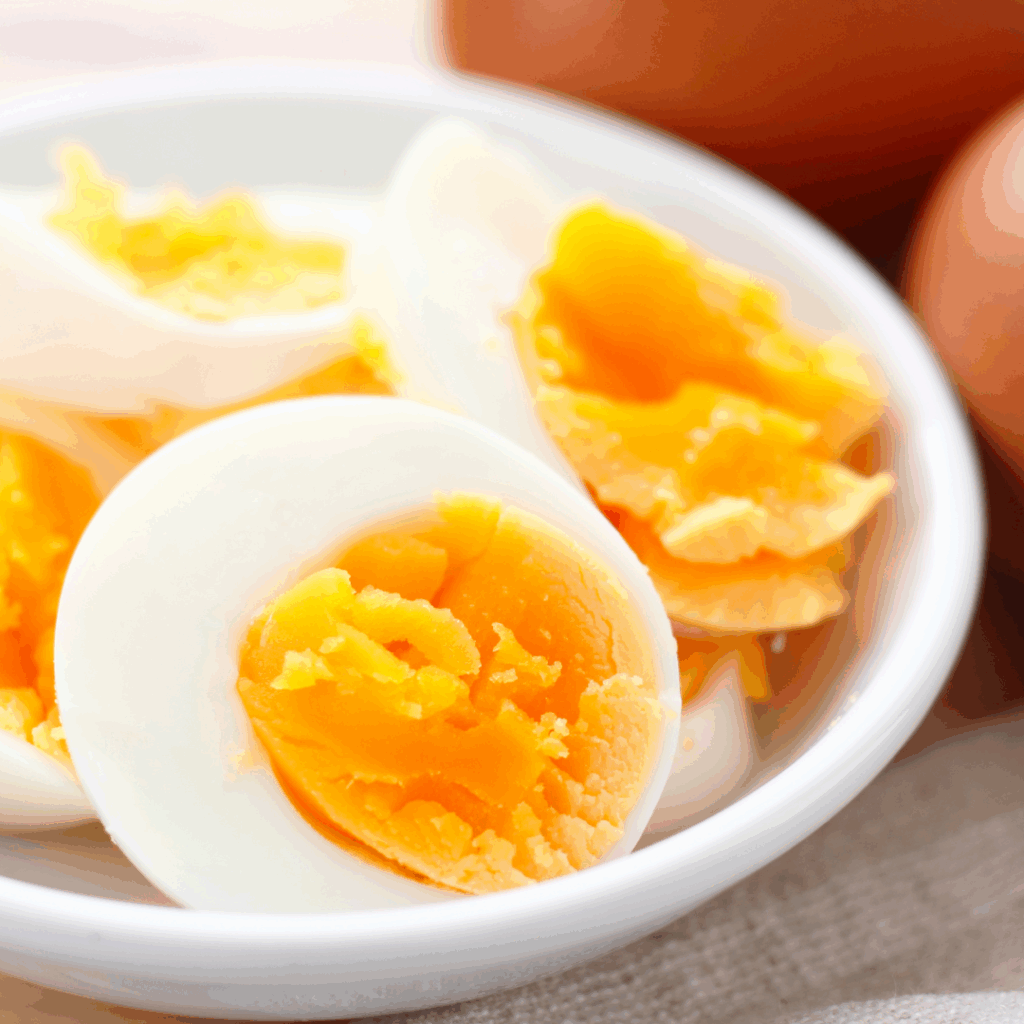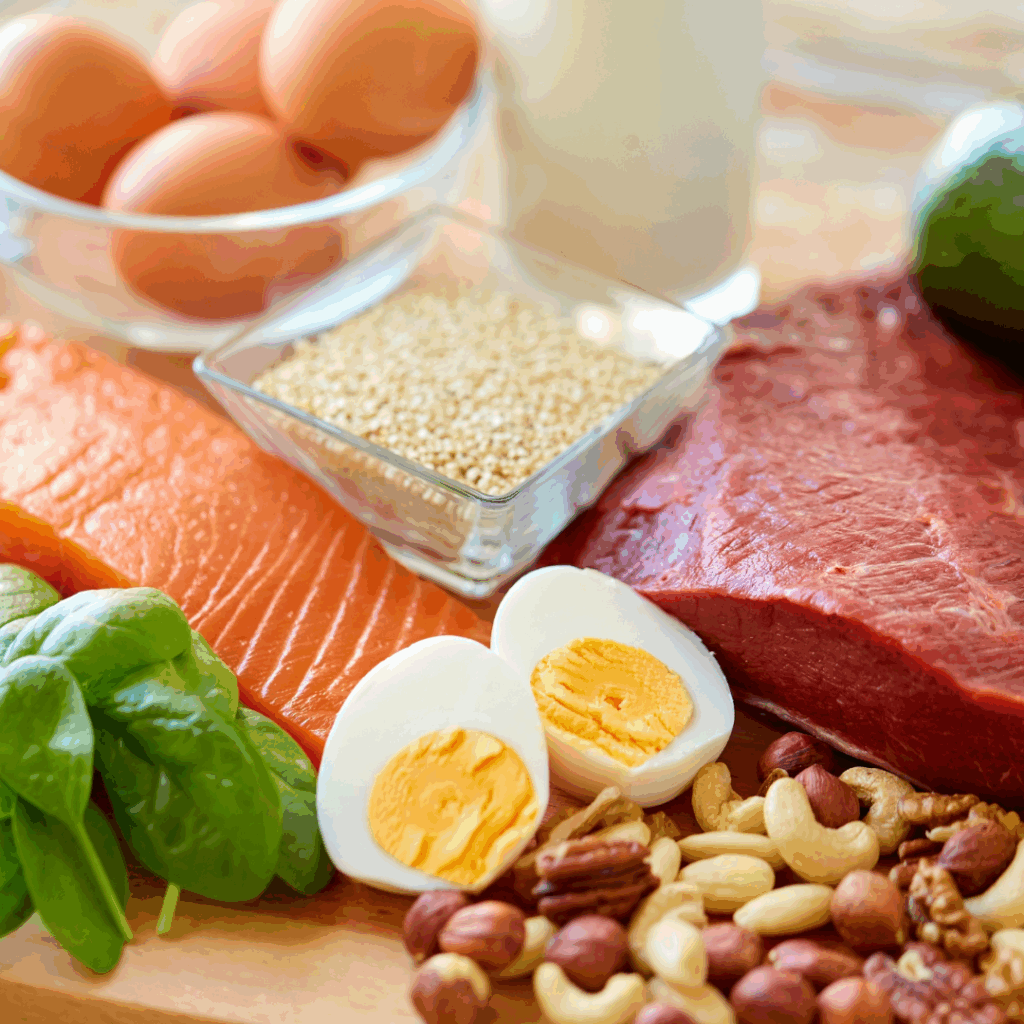Understanding Metabolic Syndrome: Are You at Risk?
Metabolic syndrome, also referred to as insulin resistance syndrome, is one of the fasting-growing health concerns worldwide. It’s not a single condition but rather a cluster of risk factors that increase your chances of developing heart disease, stroke, and type 2 diabetes1. According to the National Heart, Lung, and Blood Institute more than one in three U.S. adults meet the criteria for metabolic syndrome, and many don’t even know it.
The good news? With the right nutrition, lifestyle, and functional medicine approach, metabolic syndrome can often be prevented, managed, or even reversed.
What is Metabolic Syndrome?
Metabolic syndrome is diagnosed when you have 3 or more of the following risk factors2:
- Abdominal obesity (waist circumference >40 inches in men, and >35 inches in women)
- Elevated fasting glucose (100 mg/dL or higher, or use of medication for blood sugar control)
- High triglycerides (150 mg/dL or higher, or use of medication for triglycerides)
- Low HDL cholesterol (considered the healthful cholesterol, <40 mg/dL for men, and <50 mg/dL for women)
- High blood pressure (130/86 mmHg or higher, or taking blood pressure medication)
These risk factors tend to occur together because they share common underlying mechanisms like insulin resistance and chronic inflammation.
What Happens Inside the Body

Metabolic syndrome develops when the body becomes less sensitive to insulin, the hormone that helps move glucose from the bloodstream into your cells for energy. When insulin signaling does not work well, blood sugar stays elevated, then is stored around the waistline, and the body shifts into a state of low-grade inflammation3.
Other key player include:
- Oxidative stress, which damaged cells and blood vessels
- Hormone imbalances, such as high cortisol from chronic stress or low adiponectin (the hormone that improves insulin sensitivity4)
- Disrupted Lipid metabolism, leading to high triglycerides and low HDL cholesterol
Over time, these processors raise the risk of serious chronic disease.
Key Risk Factors for Metabolic Syndrome
While genetics and age play a role, lifestyle is the biggest-driver. Risk factors include:
- Diet high in refined carbs, added sugars, and processed foods
- Sedenatary lifestyle or being inactive
- Chronic stress and poor sleep
- Smoking and excessive alcohol use
Health Consequences
If left unaddressed, metabolic syndrome can lead to5,6,7:
- Type 2 diabetes
- Cardiovascular disease (heart attack, stroke, atherosclerosis)
- Non-alcoholic fatty liver disease (NAFLD)
- Polycystic ovary syndrome (PCOS)
- Cognitive decline and dementia
This makes early recognition and action critical.
How to Improve Your Metabolic Health
The cornerstone of prevention and treatment is lifestyle. Even modest changes can make a profound impact:
Nutrition
- Focus on whole, minimally processed foods
- Choose high-quality protein (fish, poultry, legumes) to support blood sugar balance
- Incorporate healthy fats (olive oil, avocado, nuts, fatty fish)
- Prioritize fiber-rich foods (vegetables, whole grains, beans) to improve gut health and insulin sensitivity
- Add anti-inflammatory foods like berries, turmeric, green tea, and omega-3s
- Limit refined carbs, sugary beverages, and processed snacks
Lifestyle
- Move daily: walking, resistance training, and reducing sitting time all improve insulin sensitivity
- Stress management: meditation, yoga, or breathwork to reduce cortisol’s impact on blood sugar
- Sleep: aim for 7–9 hours per night, as poor sleep raises the risk of insulin resistance
- Avoid smoking and limit alcohol
If you recognize any of the risk factors in yourself, now is the time to act.
Functional Nutrition & Personalized Care

No two people experience metabolic syndrome in the exact same way. Functional nutrition takes into account your genetics, environment, and lifestyle to create a personalized plan. Some individuals may respond better to a Mediterranean-style eating pattern, while others thrive with a balanced approach.
Key supportive supplements (to be considered under practitioner guidance):
- Omega-3 fatty acids – lower inflammation and triglycerides
- Magnesium – supports insulin sensitivity and blood pressure
- Vitamin D – important for metabolic and immune health
- Berberine or chromium – can help improve glucose metabolism
Prevention and Long-Term Outlook
The earlier metabolic syndrome is addressed, the easier it is to reverse. Preventive strategies like eating balanced meals, moving daily, and prioritizing sleep can dramatically lower risk. Importantly, improving metabolic health has ripple effects, better energy, mood, focus, and long-term vitality.
Start With Labs
Metabolic syndrome may sound intimidating, but it’s largely preventable and reversible. By understanding the risk factors and root causes, and by taking small, consistent steps with nutrition and lifestyle, you can dramatically reduce your risk of chronic disease.

At Tucson Wellness MD – We Test, Don’t Guess! Schedule your Longevity Lab Panel today to receive a clear, comprehensive and thorough report of your current metabolic health. This advanced panel covers all aspects including inflammation, metabolic pathways, detoxification, digestion, immunity, nutrient deficiencies, and more, giving you (and the practitioner) the insights needed to take action early! Your future health depends on it.
References:
- National Heart, Lung, and Blood Institute. (2022). Metabolic Syndrome – What Is Metabolic Syndrome? Www.nhlbi.nih.gov. https://www.nhlbi.nih.gov/health/metabolic-syndrome
- Moore, J. X., Chaudhary, N., & Akinyemiju, T. (2017). Metabolic Syndrome Prevalence by Race/Ethnicity and Sex in the United States, National Health and Nutrition Examination Survey, 1988–2012. Preventing Chronic Disease, 14(14). https://doi.org/10.5888/pcd14.160287
- Dhondge, R. H., Agrawal, S., Patil, R., Kadu, A., & Kothari, M. (2024). A Comprehensive Review of Metabolic Syndrome and Its Role in Cardiovascular Disease and Type 2 Diabetes Mellitus: Mechanisms, Risk Factors, and Management. Cureus, 16(8). https://doi.org/10.7759/cureus.67428
- Ramakrishnan, N., Auger, K., & Jialal, I. (2022). Biochemistry, Adiponectin. PubMed; StatPearls Publishing. https://www.ncbi.nlm.nih.gov/books/NBK537041/
- Swarup, S., & Zeltser, R. (2024). Metabolic Syndrome. Nih.gov; StatPearls Publishing. https://www.ncbi.nlm.nih.gov/books/NBK459248/
- Chen, W., & Pang, Y. (2021). Metabolic Syndrome and PCOS: Pathogenesis and the Role of Metabolites. Metabolites, 11(12), 869. https://doi.org/10.3390/metabo11120869
- Ezkurdia, A., Ramirez, M. J., & Solas, M. (2023). Metabolic Syndrome as a Risk Factor for Alzheimer’s Disease: A Focus on Insulin Resistance. ProQuest, 24(5), 4354. https://doi.org/10.3390/ijms24054354

































